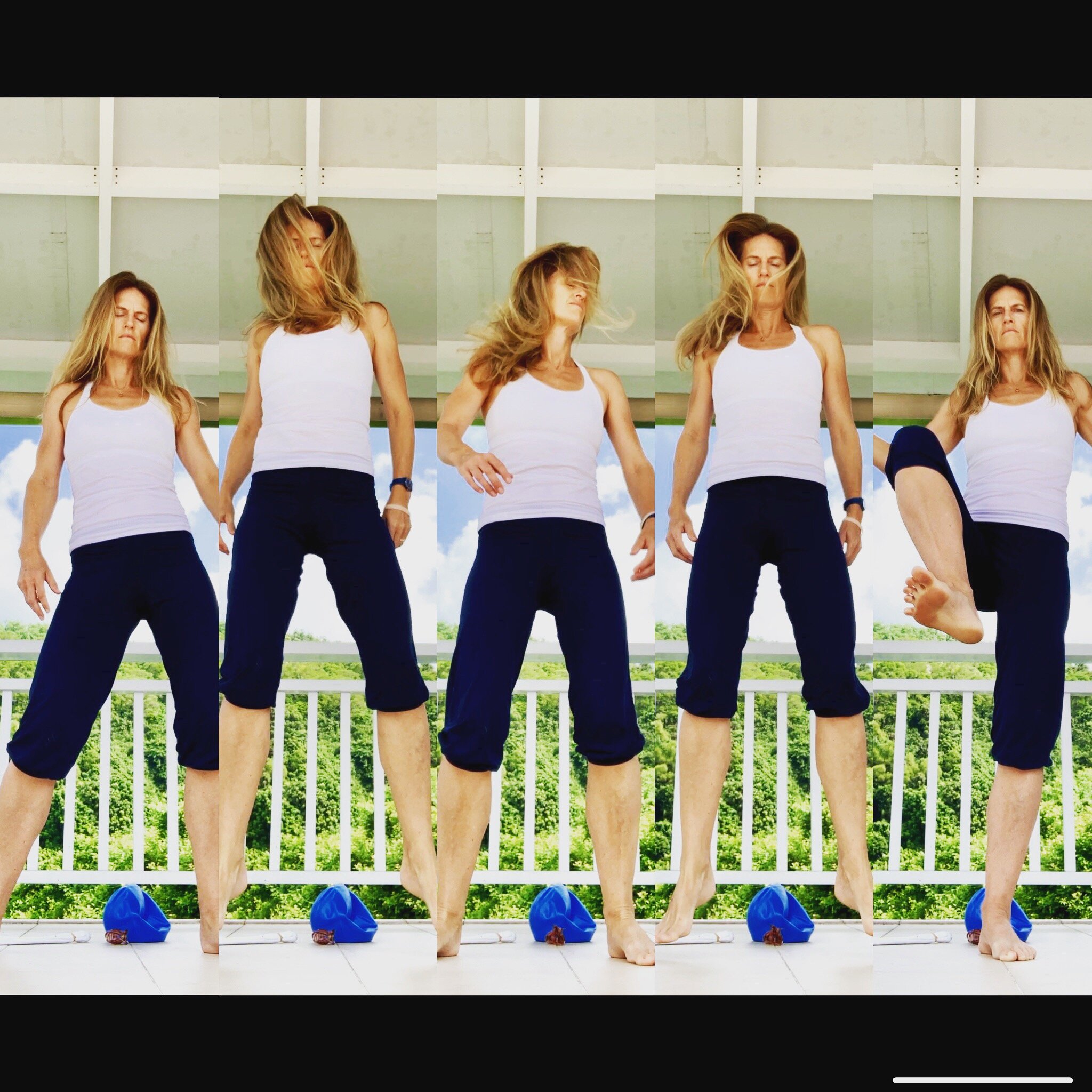MOVE WITH FEELING
The ilio-psoas muscle gets a lot of yoga air-time. We talk about it a lot. Do a google search & you will find more blogs posts than on anything else I reckon. Almost to a point that this muscle takes on some mystical quality - what is it, where is it & how do we use it. Everyone is seeking that perfect stretch to “fix” their psoas problem. Some, those who know more about biomechanics, are seeking that perfect way to strengthen their psoas. Either way, there is a lot of attention being given to the illio-psoas.
But what everyone forgets in this process is that nothing happens in isolation. The psoas does not work on its own and nor is there a linear process to releasing/strengthening it.
Personally I see the psoas as an integral part of the deep front line which plays a major role in my relationship to the earth. It provides me with a continual feedback loop to my relationship to the earth & the gravitational pull downwards. When I am able to receive the support of the earth my body feels fluid, free & soft. When I am closed & there is an obstruction in some form of other then there is a reaction that may come about as a tension or a pain, a shortness of breath or a sense of not feeling connected.
In my practice these days I am more interested in sensing this relationship between the pull of gravity & the push of the earth rather than trying to isolate a posture or a muscle group. It is not easy, I frequently get distracted by the workings of the mind but I know that that by taking my attention into the deeper layers of the body & breath I am able, for small moments of time, to be and to not do.
Today I stood on the ground. I explored the connection of my feet to the earth. I felt into the domes of my arches. I explored my breath & felt into the movement of the diaphragms in my body. I moved, I danced, I swayed, I walked & I enquired into these deep, deep muscles that act like powerful cables inside me helping me stay upright.
*The Deep Front Line is the body's myofascial core, as it defines the deep three-dimensional space deep within the body. It's main postural function is providing support and lift in the inner arch of the foot, stabilizing both segments of each leg, as well as the hips, supporting the lumbar spine from the front, giving shape to the abdomino-pelvic balloon, stabilizing the chest while allowing the expansion and relaxation of breathing, and balancing the neck and head.
If this line is lacking definition, strength, and/or proper balance, there is an overall shortening throughout the body, which encourages collapse of the pelvic and spinal core, laying the groundwork for postural deviations in all the other meridians.

